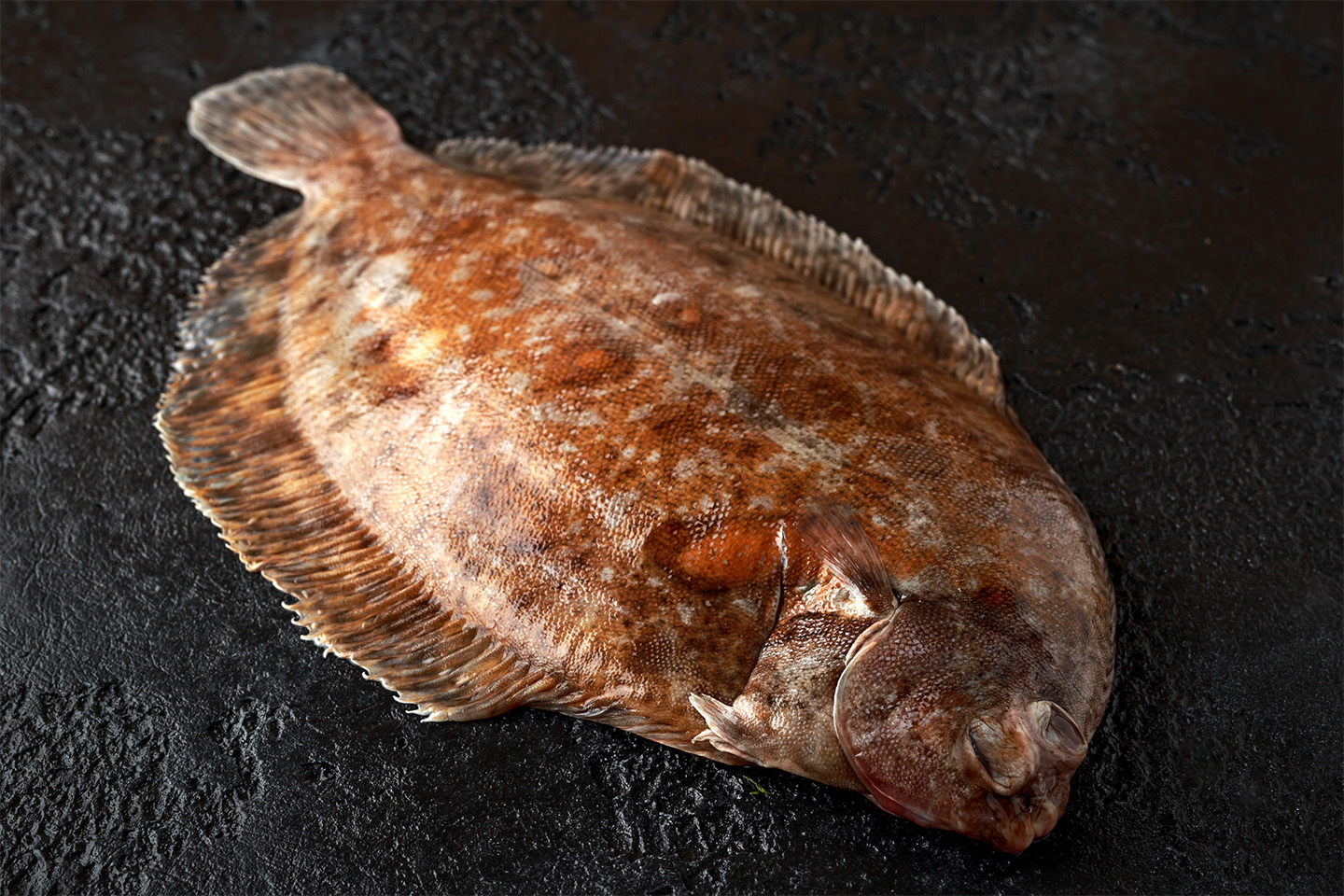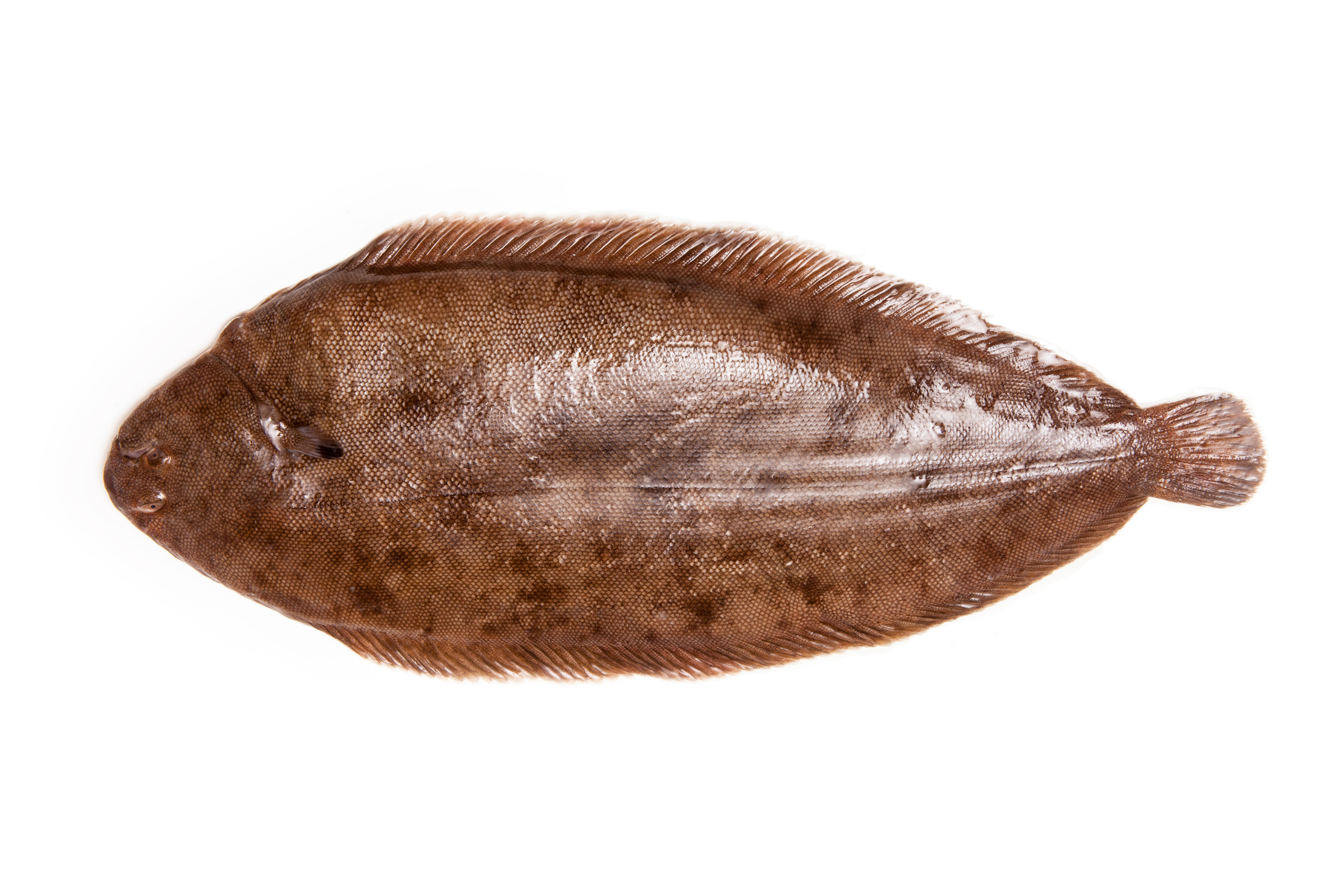Sole Fish: Nutritional Value and Health Benefits

Sole fish is a nutritious food that offers a variety of health benefits. It is a good source of protein, omega-3 fatty acids, and vitamins. Sole fish is also low in calories and fat, making it a good choice for people who are trying to lose weight or maintain a healthy weight.
Nutritional Value of Sole Fish
Sole fish is a good source of several nutrients, including:
- Protein: Sole fish is a good source of protein, which is essential for building and repairing tissues.
- Omega-3 fatty acids: Sole fish is a good source of omega-3 fatty acids, which are essential for heart health and brain function.
- Vitamins: Sole fish is a good source of several vitamins, including vitamin D, vitamin B12, and niacin.
Health Benefits of Sole Fish
Consuming sole fish has been linked to a number of health benefits, including:
- Reduced inflammation: The omega-3 fatty acids in sole fish have anti-inflammatory properties, which can help to reduce inflammation throughout the body.
- Improved heart health: The omega-3 fatty acids in sole fish have been shown to improve heart health by reducing blood pressure, triglycerides, and cholesterol levels.
- Boosted brain function: The omega-3 fatty acids in sole fish are essential for brain function and have been shown to improve memory and learning.
How to Incorporate Sole Fish into a Healthy Diet
Sole fish is a versatile food that can be cooked in a variety of ways. It can be grilled, baked, fried, or steamed. Sole fish can be served with a variety of sides, such as rice, potatoes, or vegetables.
Here are some tips for incorporating sole fish into a healthy diet:
- Choose sole fish that is wild-caught, as it is lower in mercury than farm-raised fish.
- Cook sole fish in a healthy way, such as grilling or baking, to avoid adding unnecessary calories and fat.
- Serve sole fish with a variety of healthy sides, such as rice, potatoes, or vegetables.
Types and Varieties of Sole Fish

The world of sole fish is a diverse one, with various species gracing the oceans. Each variety boasts unique characteristics and flavors, making them culinary delights in their own right. Let’s embark on a journey to explore the different types of sole fish, their distinctive traits, and their geographical distribution.
Dover Sole
Dover sole, scientifically known as Microstomus pacificus, is a highly prized species renowned for its delicate flavor and firm texture. Its elongated, oval body is adorned with dark brown spots and a white underside. Dover sole is primarily found in the eastern Pacific Ocean, ranging from Alaska to California.
Petrale Sole
Petrale sole (Eopsetta jordani) is another sought-after variety, known for its slightly firmer texture and rich flavor compared to Dover sole. Its body is characterized by a dark brown coloration with irregular spots and a white underside. Petrale sole is found in the northeastern Pacific Ocean, from Alaska to California.
Rex Sole
Rex sole (Glyptocephalus zachirus) is a large, deep-sea species known for its mild flavor and soft texture. Its body is oval-shaped and covered in small, closely spaced scales. Rex sole is found in the North Atlantic and Pacific Oceans, as well as the Southern Ocean.
Cooking Techniques for Sole Fish
Sole fish is a delicate fish with a mild flavor, making it a versatile ingredient for various cooking techniques. Whether you prefer pan-frying, baking, or steaming, there are several methods to prepare sole fish that will enhance its natural taste.
Pan-Frying
Pan-frying is an excellent way to achieve a crispy exterior while keeping the interior of the sole fish moist. To pan-fry sole fish, heat a nonstick skillet over medium heat. Season the fish with salt and pepper and dredge it in flour. Carefully place the sole fish in the hot skillet and cook for 2-3 minutes per side, or until golden brown and cooked through.
Baking
Baking is a gentler cooking method that results in tender, flaky sole fish. Preheat the oven to 400°F (200°C). Line a baking sheet with parchment paper and place the sole fish on top. Brush the fish with melted butter or olive oil and season with salt and pepper. Bake for 10-12 minutes, or until the fish is cooked through and flakes easily with a fork.
Steaming
Steaming is a healthy cooking method that preserves the delicate flavor of sole fish. To steam sole fish, fill a steamer basket with water and bring it to a boil. Place the sole fish in the steamer basket and cover it. Steam the fish for 5-7 minutes, or until cooked through.
In the watery depths where sole fish swim, there exists a hidden connection to the world of sports. Just as the sole fish gracefully glides through the ocean, the players of perch basketball soar through the air, their movements as fluid as the sole fish’s tail.
The ball, like a sole fish, evades defenders with ease, passing through their hands with the same elusive agility that the sole fish displays in its marine habitat.
The sole fish, a flatfish known for its delicate flavor, has a unique body structure that distinguishes it from other fish species. Its elongated and flattened shape allows it to dwell on the ocean floor, while its eyes are positioned on the upper side of its body for better visibility.
Unlike the sole fish, the perch, as defined in perch definition , is a freshwater fish belonging to the Percidae family. Perch are characterized by their spiny dorsal fins and colorful scales, making them a popular target for recreational fishing.
Sole fish, with their flat bodies and delicate flavor, swim gracefully through the ocean depths. While they may not be as flashy as their colorful counterparts, their culinary value is undeniable. Their close cousins, the perch fish , share a similar elegance and culinary appeal.
Perch, with their striped bodies and sharp fins, inhabit both freshwater and saltwater environments, adding to their versatility as a culinary delicacy. Returning to the humble sole fish, their firm yet flaky texture makes them a favorite among seafood enthusiasts, whether grilled, pan-fried, or baked.
The sole fish, with its flat, oval body, is a delicacy that has graced dinner tables for centuries. Its mild, buttery flavor has earned it a place among the most sought-after seafood. But in the realm of freshwater fish, there exists another culinary marvel: the pike fish.
With its sharp teeth and voracious appetite, the pike is a formidable predator, but its flaky, white flesh is a culinary delight that rivals even the finest sole.
The sole fish, a flatfish that inhabits sandy or muddy bottoms, is known for its delicate flavor and firm texture. Unlike its cousin, the pike fish , which is a freshwater predator with sharp teeth and a voracious appetite, the sole fish is a bottom-feeder that primarily consumes small invertebrates.
Despite their differences, both species share a commonality in their importance as a food source for humans.